Echoes of Ancient Lands
Hampi Museum India
Mother Masala Tours
Unearthing History
Hampi Museum India. Located in Karnataka, a site of profound historical importance. This area is named after the nearby Kamalapura Lake, serving as a serene backdrop to our exploration. The museum was established in 1972, revealing an extensive collection of artifacts that unveil the stories of Hampi’s glorious past and the ancient Vijayanagara Dynasty. The history of this region is intertwined with the rise of the Empire, founded in the early 14th century by Harihara I and Bukkaraya I. Hampi, the empire’s capital, flourished between the 15th and 16th centuries, becoming a center of trade, culture, and religion.
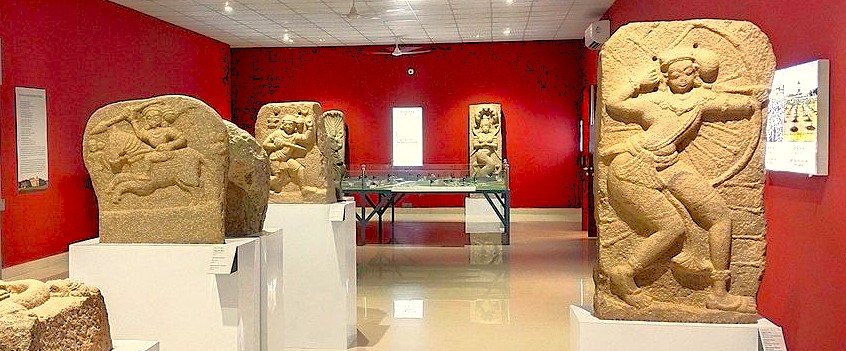
Hampi Museum India: Timeless Artifacts
The museum ontains many unique artifacts that reflect the rich history of this area. Noteworthy items include intricately carved stone sculptures from significant temples associated with the Vijayanagara Dynasty. Among the collection, we find sculptures depicting various deities, such as Shiva and Vishnu, crafted with exceptional attention to detail. The museum's artifacts reveal a diversity of influences and tell the story of technological advancements during that period. In addition to sculptures, inscriptions in ancient scripts offer valuable insights into the era's political and religious life.These findings emphasize the local culture and traditions that shaped the region. As part of a Unesco World Heritage Site.
Ancient Mosaics: Impeccable Craftsmanship
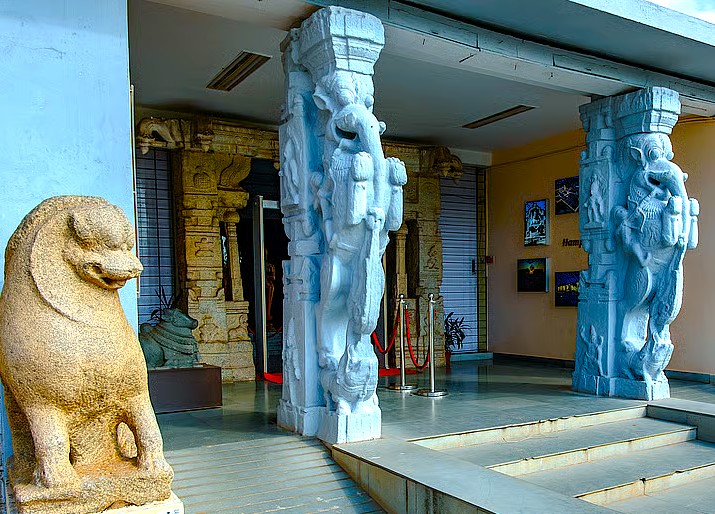
As we traverse the museum, the craftsmanship of ancient artisans becomes apparent through the stunning artifacts on display. Sculptors and craftsmen employed advanced techniques in chiseling and detailing, utilizing locally sourced materials like granite to create intricate designs. Many of these masterpieces date back to the 15th and 16th centuries, highlighting the peak of artistic expression during the height of the Vijayanagara Empire. Notable examples include the Monolithic Bull, a grand sculpture representing the Nadndi Bull vehicle of Shiva, crafted with remarkable precision.
The Pulse of the Local Community
The atmosphere around Kamalapura is defined by the friendliness and warmth of the local community. Those living here take pride in sharing their cultural heritage, ensuring that traditions remain alive through generations. The people’s unique qualities include a strong sense of hospitality, inviting us to engage with their stories and customs. We notice how locals participate in various community activities, from weaving to pottery, which are essential for preserving age-old traditions.
Capturing the Magic: A Photographic Haven
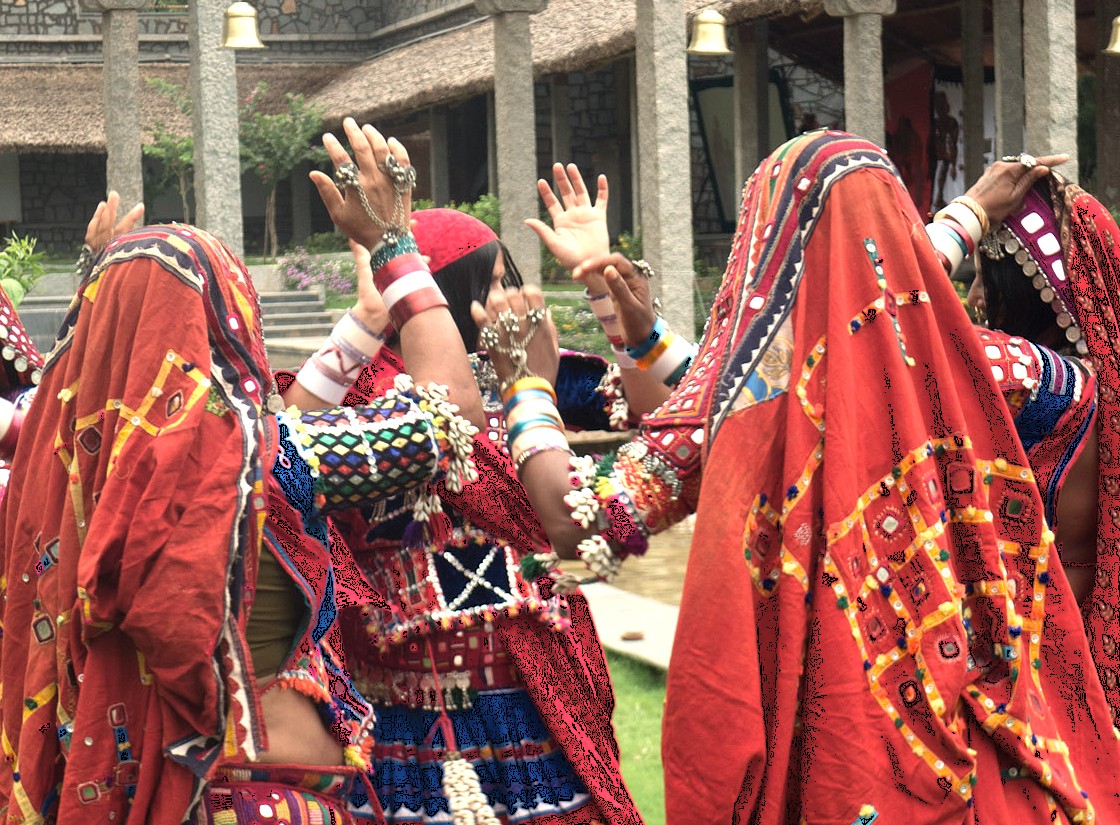
Hampi Museum India. Offers fantastic photo subjects, a welcome contrast to the sunlit outdoor ruins where the controlled lighting lets you focus on detail without the harsh sun. Your main focus should be the large, detailed scale models of the ancient city; they are a photographer’s map, helping you visualize and plan your shots at the actual ruins later on. Turn your lens to the impressive stone sculptures of Hindu deities like Shiva, Vishnu, and Nandi the bull, all rescued from the temples. Look for the emotion carved into their stone faces and the intricate details of their ornaments. These items tell the human story and are perfect for close-up shots.
Festivals of Devotion: Honouring the Sacred and the Divine
Hampi Museum India. The surrounding area hosts various festivals that highlight the local community's devotion and cultural richness. One prominent celebration is the Virupaksha Car Festival, held in March or April, dedicated to the deity worshipped in the nearby Virupaksha Temple. During this festival, we witness a grand procession with beautifully decorated chariots, drawing thousands who come to participate in this lively celebration of faith and culture. Another important event is the Hampi Utsav, typically celebrated in November. This festival brings together artists, performers, and guests to honor the region's rich heritage through music, dance, and traditional performances.
The Connection with the Gods
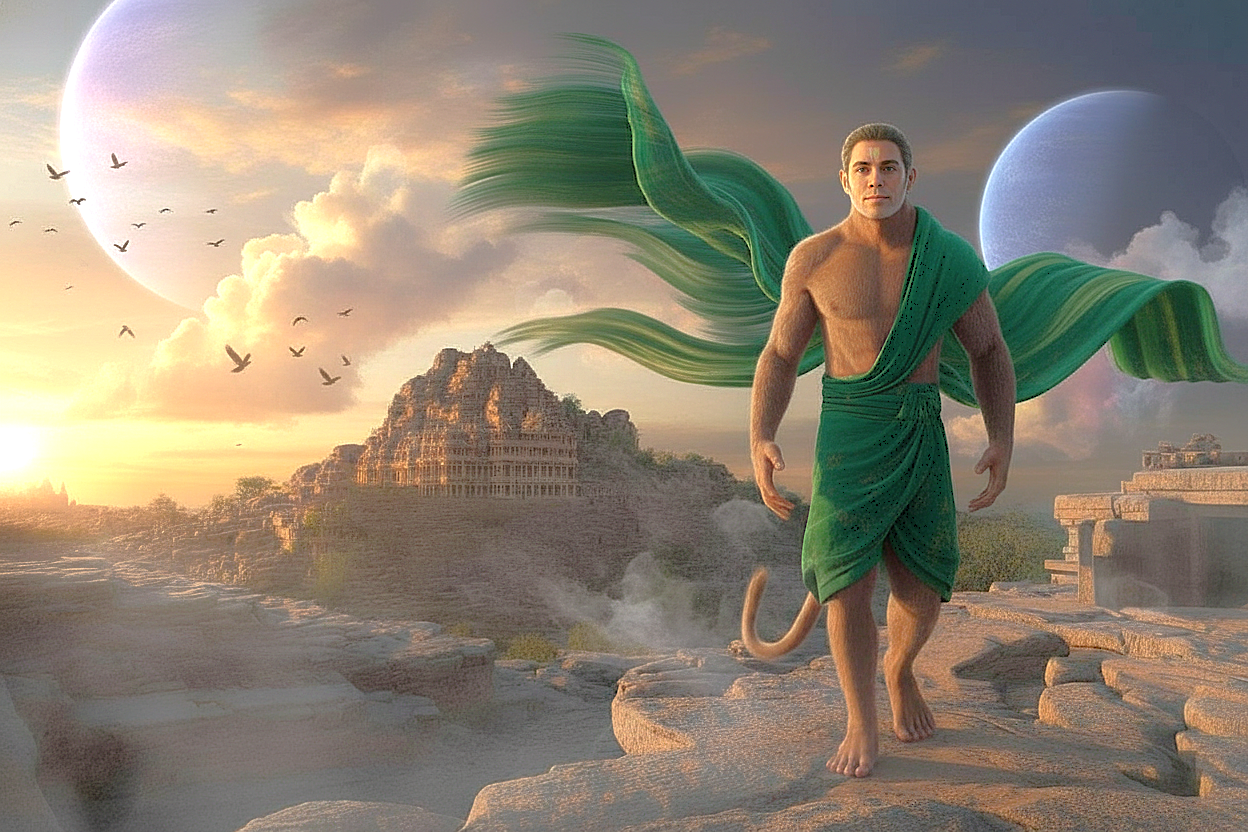
Virupaksha, an incarnation of Shiva, is among the most revered figures celebrated in the region. Legends tell of how the temple dedicated to him has stood since the 7th century, becoming a vital spiritual center for worshippers. The Pampa Devi, another principal deity, is associated with the area and played a crucial role in local mythology. Hanuman, the mighty monkey god, who watched over the kingdom from his vantage point on Anjaneya Hill. His benevolent presence is woven into the very fabric of Kamalapura, lending an air of divinity and protection to the landscape.
Ancient Technologies: Sacred Sound, Geometry & Astrological Influences
Hampi Museum India. The ancient structures found throughout its vicinity are built upon sacred geometry principles. This is especially evident in temples like the Virupaksha Temple, where the proportions of the buildings relate to astronomical alignments. This method reflects the deep connection between design, spirituality, and celestial phenomena, illustrating advanced knowledge of geometry and engineering. The resonance achieved through stone carvings, including musical pillars that produce unique sounds when struck, reveals how sound frequencies were integrated into sacred spaces for ritualistic and meditative purposes. For instance, the use of Solefeggio frequency of 528 Hz, known as the "Miracle Tone,"promotes transformation and healing, further illustrating the ancients' understanding of sound frequencies in their sacred designs.
Serendipitous Meetings: Beyond the Main Path
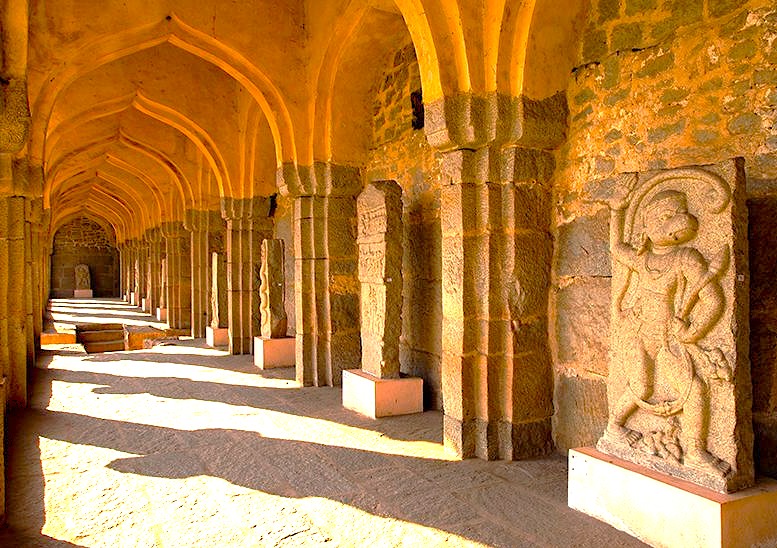
Exploring Kamalapura, the town neighbouring the Hampi ruins, provides delightful moments of discovery. As we wander beyond the main attractions, we find the region's living heart. Here, we encounter local workshops where artisans quietly continue centuries-old traditions in pottery, textiles, and handicrafts. The rhythmic clatter of a handloom fills a dusty room as vibrant patterns emerge from threads. We can witness the careful process of hand-weaving and the artistry involved in creating unique pieces, often with a chance to speak with the creators themselves.
Urban Legends: Strange Sightings, Myths and Mysteries
Hampi Museum India. The region around Kamalapura is rich with urban legends and myths, contributing to its mystical atmosphere. One prominent story involves the Giant's Footprints, believed to be imprints left by ancient deities or mythical beings. These footprints are scattered across the nearby landscape, and local lore suggests that they were created when divine beings walked the earth. Additionally, tales of spirits linked to ancient temples have circulated through generations. We hear accounts of mysterious sounds emanating from deserted temple ruins, attributing them to the souls of past devotees who continue to roam the sacred spaces.
Resilience and Renewal: Overcoming Adversity’s Challenges
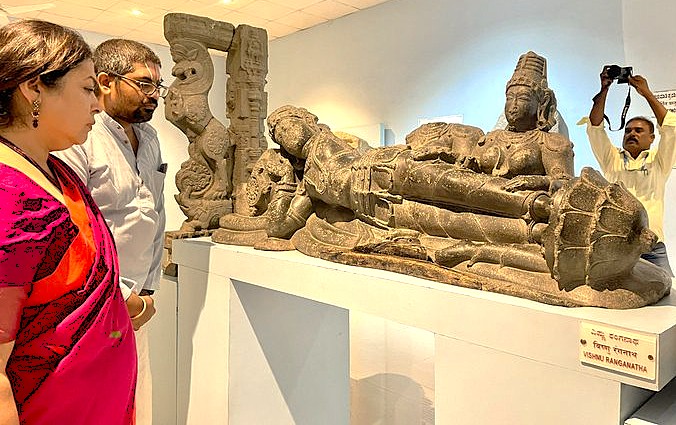
Kamalapura, like many areas in India, has faced its share of adversity throughout history. A particularly notable event occurred during the Battle of Talikota in 1565, which marked a turning point for the Vijayanagara Dynasty. Following this defeat, the area surrounding Hampi experienced significant destruction and cultural upheaval. Despite these challenges, the local community demonstrated remarkable resilience in rebuilding their lives and revitalizing their traditions. Even as political structures changed over time, the essence of the heritage persisted.
Holy Nutmeg Bliss, It’s India - Join Us
As we delve into the rich layers of Kamalapura and explore the archaeological museum, we invite you from Australia to join us on this enchanting journey through time. We will uncover historical narratives, connecting a magnificent sculpture in the museum to the sun-drenched ruin where it once stood. You'll engage with the warm local community, sharing stories and discovering a living link to the past. Together, we'll embrace traditions that have stood the test of time—in the scent of spices and the vibrant colours of handcrafted textiles.
Symphony of Generosity: Offerings from Wanderers to Residents
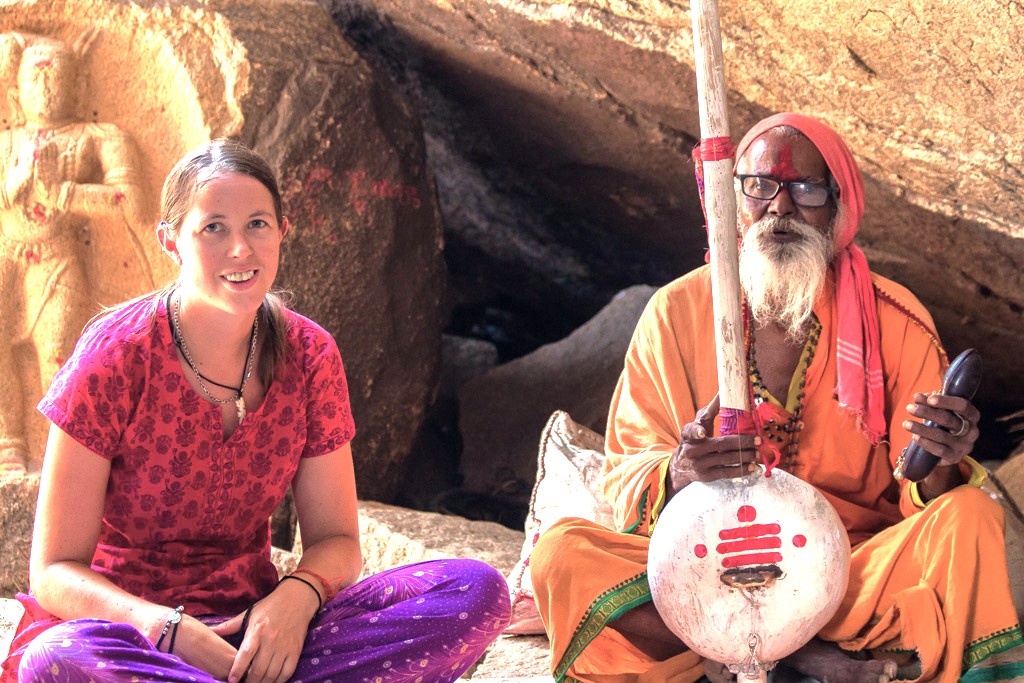
Welcome to Hampi, a place where the past and present come together in a captivating dance. This ancient city, steeped in history, offers a glimpse into the remarkable artifacts and sacred spaces that have stood the test of time. As you wander through the museum, you'll be entranced by the impeccable craftsmanship of the ancient mosaics, each one a testament to the skill and artistry of the master artisans who created them. The local community here is warm and welcoming, eager to share their rich cultural traditions with visitors.